The world is living in a new era of economic impact and uncertainty due to the Coronavirus. Businesses have been affected in many ways, with temporary shutdowns, furloughs and layoffs, definitive closures, and others have seen a surge in sales order volumes, prompting them to accelerate the digital transformation process.
Grocery stores, food delivery, prescriptions, and other retailers are suddenly having larger than usual online orders that have to be delivered to homes. For many brick and mortar shops, the digitalization of delivery of goods is the only option to prosper, aligning operations and logistics with the right technologies.
As a first step, the business can begin interacting with customers through social media channels such as Facebook, Instagram, etc., and also, outsourcing logistics to 3rd-party delivery platform aggregators such as UberEats, GrubHub, Doordash, Postmates, Seamless, Glovo, Instacart, Shipt, etc. These delivery platforms are the most cost-effective and quickest solution to set up, with low human interaction for shops that have never made deliveries on their own. Although it has disadvantages, it is worth to have presence in some of these platforms due to their high volume of searches.
Delivery Platform Aggregator Disadvantages
- High operating costs. The platform charges high commissions to the restaurant and consumers. Other variable costs are membership fees, product price fluctuations in peak times, markups over store prices, etc. These costs are transferred to the final consumer, increasing the final price of the goods.
- Difficulty in developing relationships with customers. The customer belongs to the platform. Drivers are the face of the business and do not have the necessary training to handle specific details of the company.
- Lack of differentiation strategies. Your offer competes for the visibility in the search results that depends on the algorithms of the platforms and higher rates for better exposure.
- Integration costs. Need IT, technical people, to manage the integration of several solutions and avoid siloes.
- Business Data. Third-parties handling your data. A sure recipe for continuously inviting others to see your sales breakdowns and create more competition.
Advantages of Building a Customized Delivery App
When exploring solutions, many tend to look for cookie-cutter approaches to find solutions with less upfront investing, but sacrificing on performance. It’s important to evaluate the enterprise POS, ERP systems, and other integrations that will be necessary to avoid dependencies and bugs. For medium to large companies with several locations, it is usually better to build a customized mobile application for several reasons:
- Marketing advantages. Marketing directly to your customers with a branded strategy, product offerings and discounts, loyalty plans, coupons, better connections with customers, etc.
- Control customer experience. Better quality service with loyal drivers, and avoid complaints with customer service issues.
- Seamless software integration. Your app can integrate with third- parties such as aggregators platforms, independent couriers, marketplaces, social media chats, groups, etc. This allows flexibility to adopt emerging technologies and avoid technology issues, performance problems and vendor lock-in. It is also easier for the user as a single touch point when changing systems.
- Lower cost. The app will provide a better ROI in the long run saving on third-party commissions.
- Unique features. Customer data analytics, a.i. (check features below).
- Competitive Advantage. The app can integrate with many delivery partners with flexibility avoiding dependence on any of them. For example, if a competitor buys the aggregator platform, such as when Target acquired Shipt.
E-commerce and Third-Party Platforms
Many stores were already selling online through their web pages or third-party sites, and using traditional delivery services such as UPS and FedEx. The on-demand delivery model was already becoming popular. Increased competition and the needs to generate more sales created the market.
On-demand delivery platforms were born and became very popular. Consumers began to enjoy the fast service, and a new standard was created. At the same time Amazon was providing same day delivery service for finished products and then with Amazon Fresh and Prime Now, with 2-3 hours for grocery delivery. The rest of the grocery stores followed and the platforms grew hiring drivers and local buyers to handpick orders. Restaurants no longer had to hire drivers, purchase vehicles, or manage logistics, resulting in an explosive growth.
High speed delivery is becoming the norm for e-commerce, and bringing big challenges in the last-mile delivery portion of the logistics process. Not only for grocery stores, but for all types of businesses.
Marketing managers have to make decisions and evaluate their long-term implications when dealing with third-party platforms. E-commerce evolved and Amazon became a big player, almost monopolizing online sales with a platform for sales of all products in all categories. It became so difficult to differentiate among sellers, that it became commoditized. Many consumers are not even aware that third-party sellers exist. The lack of interaction with final consumers, and average 15% commissions added on top of prices, is making companies to push for creating stronger brands. Platforms are good for companies because of the extent and visibility they provide, but should not be the main or only channel for e-commerce.
Ordering and Delivery App
Enterprises should develop their core marketing strategies directly to consumers (B2C), and treat third-party platforms and partners as additional channels.
Many stores have web pages for online sales, curve-side pickup, and traditional delivery, but lack the mobile application for ordering, delivering, and tracking, a tool to promote same-day-delivery to homes.
The mobile application is the storefront or showcase sales app, that promotes the brand and products. In the past, people relied on catalogs, PDF files, emails, and web pages. But now, due to the mobility of consumers and use of mobile devices, the mobile application is critical to reach consumers.
A mobile application should be designed to provide a smooth integration with the company e-commerce suite and POS/ ERP systems, and also capable to integrate and synchronize dashboard and third-party apps.
Ordering App / Shopping App
The ordering app allows the transaction to take place: showcasing products with a superb navigational experience generating receipts, and sending orders to fulfilment. Some of the most relevant features are:
- Interactive dashboard. Order and delivery management. Intuitive menus or product catalog, order details, customer details, order status, order history, prices, display system, real time ETA’s.
- Marketing campaigns. Capabilities to include promotions, seasonal products, digital coupons, referrals, offers, rewards programs, and other loyalty tools.
- Social media integration. Such as integration with Facebook ordering.
- Payment processing integration. PCI security Standards, encryption and authentication technologies, quick response payment processing scanners, Stripe, PayPal, Visa, cash payment discounts, etc.
- POS Integration. Push orders from the app, web and third-party apps to POS systems. Avoiding re-entering of third-party delivery orders.
- Chat for users and drivers real-time.
- Customer reviews and feedback.
- Shipping and delivery API integration. Partnership with delivery channels for order tracking.
Delivery App – Driver App
The delivery app, also called Driver App is the application for the fulfilment of orders. Used by the supplier and its drivers, to track the vehicles, routes, charges, commissions, and all relevant elements of the last mile delivery. Also, it includes the module that integrates will third-party delivery apps or partners that will work in the fulfilment. Main functionalities of this application are the following:
- Assign order to in-house driver or third-party delivery partner.
- Real time GPS tracking. All parties can see the location of the order at any point in time. Geographic location using CoreLocation framework, Google’s Geolocation API and Waze Transport SKD.
- Map Routes and integration with map technology. Faster delivery and avoid traffic routes. Can use MapKit and Google Directions API.
- Delivery confirmation. Pictures, signatures, or notes for future deliveries and notifications by SMS and in-chat message functionality.
- Driver support. Contact with driver, commissions, historical information, flexible scheduling, and rewards.
- Reviews and ratings. This feature allows to monitor service quality.
- Useful analytics. Collect real-time data about consumption trends, popular menu items, traffic routes, predict peak times, and measure marketing programs.
- No-contact drop off options. Door delivery, leave it at the door or outside.
App Development Process
Building a mobile app that provides online shopping and delivery, integrates with other platforms, and performs well on specific devices, requires a team of knowledgeable and experienced software developers that follow a proven mobile app development process to to offer constant improvement with new releases and quick cycles. Our app development covers many areas, including:
- UX/UX Design
- Cross-platform App Development
- Back-End Development
- Web Development
- Project Management
- Quality Assurance
- Social Media Marketing
Conclusion
As the markets evolve there is great opportunity for retailers to create ordering apps and delivery apps for all types of products, not just food or groceries. Consumers want everything available online and delivered faster than ever.
Consumers are searching for local businesses that can provide more value for their money. Businesses that adapt their models to the market variations, and develop ordering and delivery software with flexibility and focus on seamless integration with third-party solutions will have a better competitive advantage. Companies should be able to pick their partners and avoid dependencies on other companies if desired.
The delivery market usually dominated by legacy players like UPS, FedEx, USPS, and others, will suffer disruption as more packages go to residential addresses where the drop density is lower.
As current business models for last mile delivery are being disrupted, and new competitors are emerging in the on-demand delivery business, offering “deliver anything apps” (with thousands of low-cost freelance couriers), retailers will have a better chance to compete.
Due to the high rates of unemployment, it’s a great time to attract thousands of high talented employees and drivers, and effectively integrate them into new delivery platforms. In the last weeks, Instacart hired 300,000 workers.
Established brands are also entering the on-demand delivery services, such as the case of Banana Republic working with Postmates. Businesses are negotiating with these platforms as they expand cross-categories.
High commissions and explosive growth for on-demand delivery services is luring startups to set up fully automated competing services, with new emerging technologies, creating a healthy ecosystem that is ripe for innovation and disruption. There are hundreds of startup companies organizing delivery models.
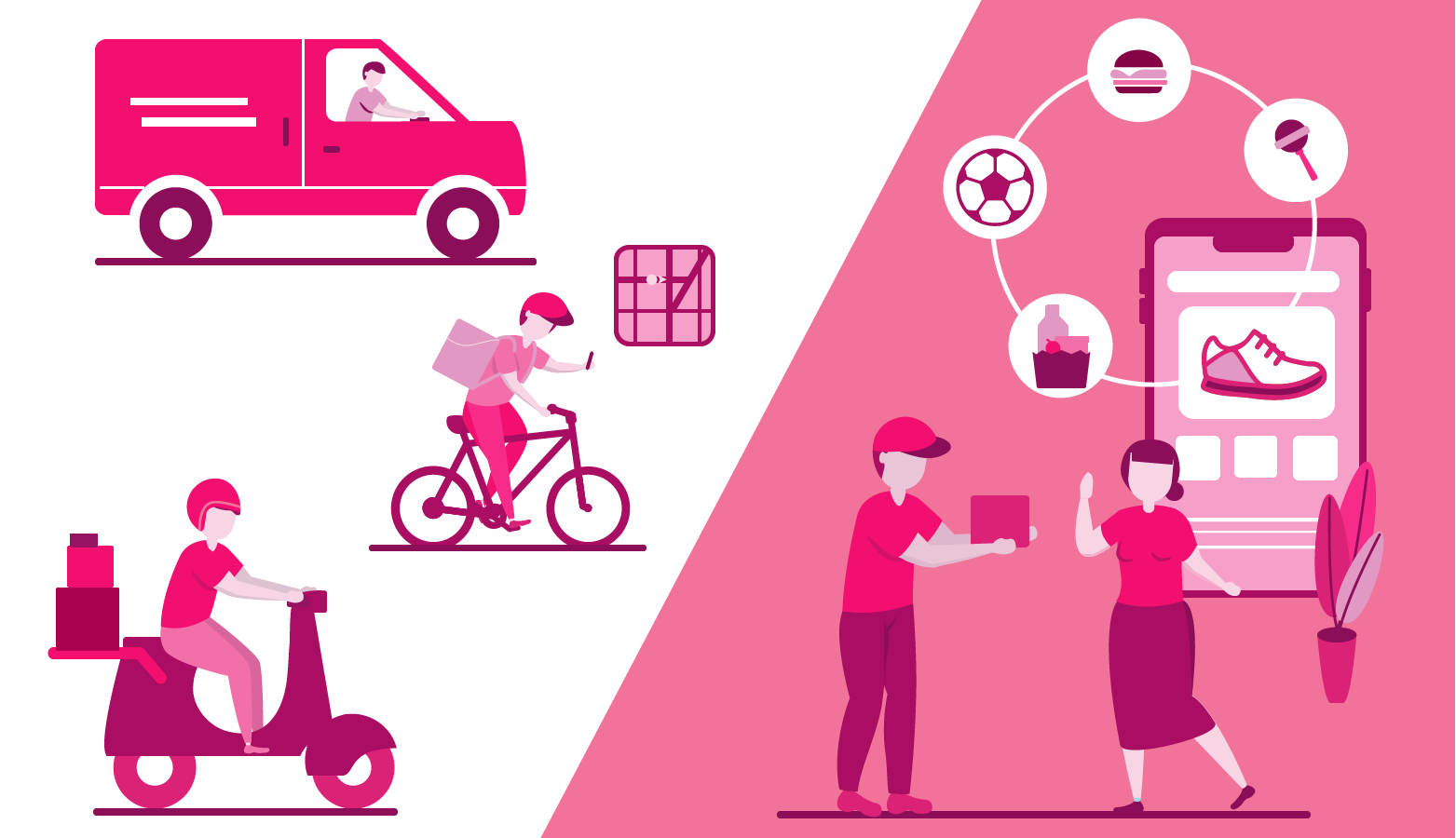





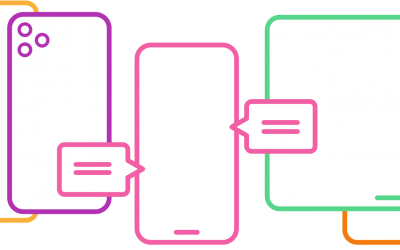
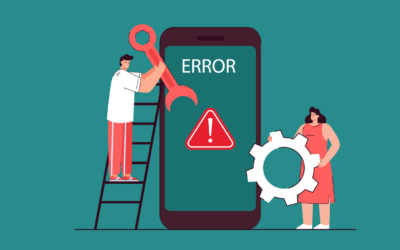

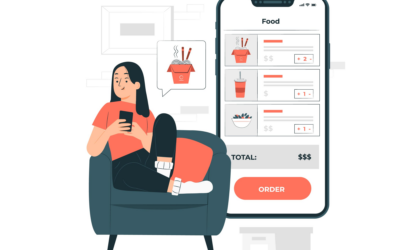
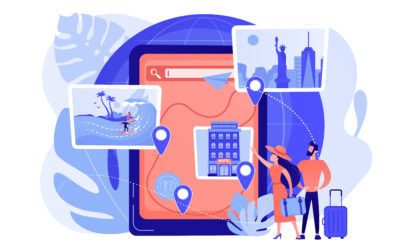
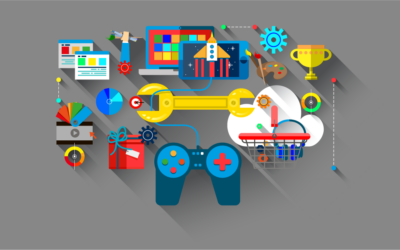
I’d like to correct a couple of inaccuracies in this post. To create a delivery app, you would need to integrate multiple services such as mapping (e.g., MapKit or Google Directions API), GPS tracking (e.g., CoreLocation framework) and third-party APIs. On demand delivery app development requires a more complex architecture, including real-time analytics and driver support modules. How delivery apps work involves not just fulfilling orders, but also providing a seamless experience for both the supplier and customer.
I’m curious, what are some optimal strategies to create a delivery app that seamlessly integrates with multiple on-demand delivery services, ensuring efficient order fulfillment?